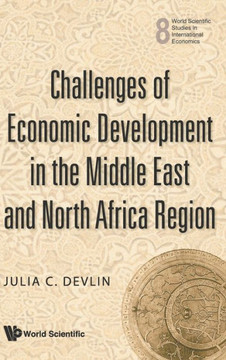Diploma Thesis from the year 2009 in the subject Business economics - Economic Policy, grade: 2,3, University of Hohenheim, language: English, abstract: In this study it is intended to investigate today s actual economic interdependence of what we would call the Middle East and North African (MENA) region and to analyze its economic interweaving, both among its member countries and into the global trading system. Being aware of the complexity and breadth of this topic, the author has chosen only three subset economic integration agreements, both between the countries of the MENA region (intraregional) - also comprising a subregional agreement - and between the MENA region and other regions (interregional), for closer analysis. Concerning the efforts made towards interregional economic integration, this thesis concentrates mainly on the so-called EU-MED Partnership which was initiated at the Barcelona Conference in 1995 and aims to establish an EU-Med Free Trade Area (EMFTA) by the year 2010 including the EU and the 12 so-called Mediterranean countries which, apart from Malta, Cyprus and Turkey, all belong to the MENA region. In contrast, on the intraregional level, the latest initiative in 1997 will be examined, where 17 out of 22 Arab League member states - all of which also belong to the MENA region apart from Sudan - joined to constitute a "Greater Arab Free Trade Area" (GAFTA, mainly to get rid of traditional trade barriers for goods. On the smaller subregional level, the Gulf Cooperation Council (GCC), consisting of 6 Gulf countries, which plans the establishment of a common currency by 2010, will be examined more closely. With GAFTA, GCC and the EU-MED Partnership all being in a different depth of integration and each representing one of the three different levels of integration (subregional, intraregional, interregional), the author holds the view that this choice reflects the actual state of integration in the region best. In a nutshell, this study tests the
| Author: Benjamin H?inger |
| Publisher: Grin Verlag |
| Publication Date: Sep 18, 2010 |
| Number of Pages: 124 pages |
| Binding: Paperback or Softback |
| ISBN-10: 3640695062 |
| ISBN-13: 9783640695065 |

